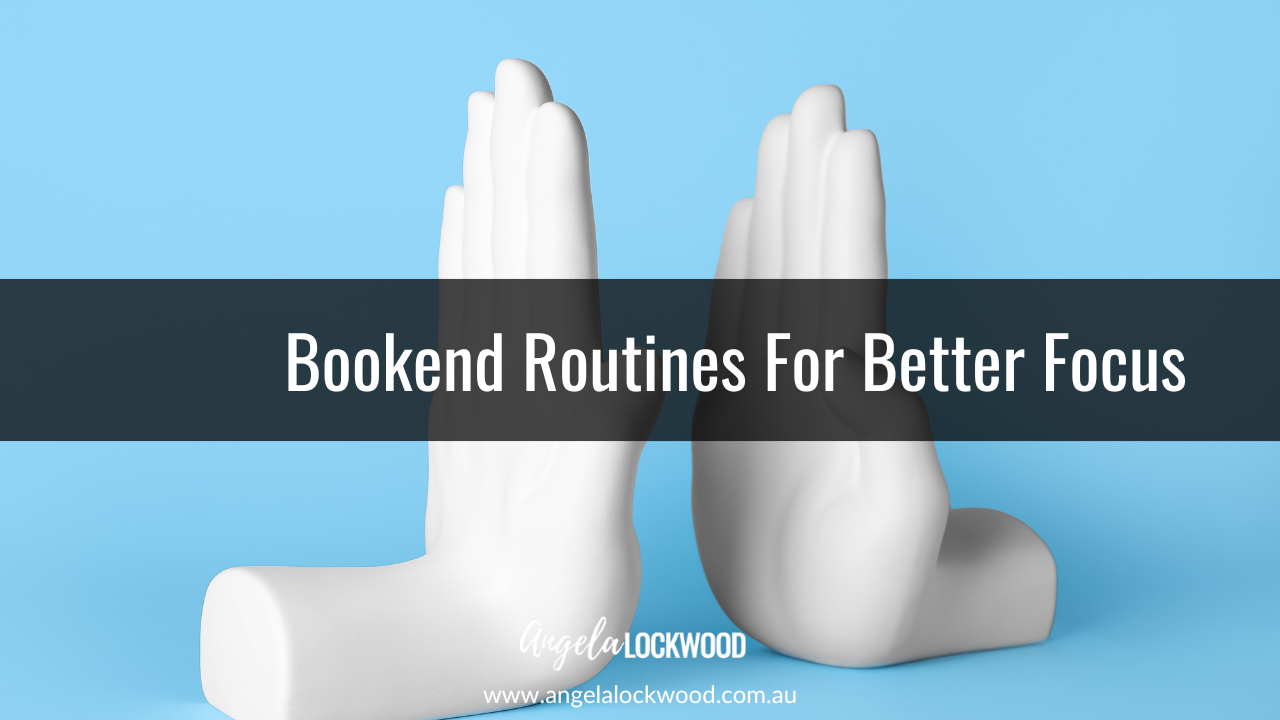Using meditation to create a calm classroom
Jul 20, 2021
Many years ago, I was working as an Occupational Therapist in a community-based acquired brain injury rehabilitation service, where I would provide community-based programs for people who had sustained a head injury mainly through accident or injury. I was sent to a retreat with a colleague of mine to learn about techniques to help people with brain injury to find calm in their lives and in doing so better manage the cognitive and emotional overwhelm of daily life. I didn’t realise it at the time, but this retreat would be another stepping stone to my understanding of how we can all benefit from finding calm in our lives.
But at the time, I was still a little skeptical about this whole slowing down, focusing on our breathing, and meditating thing. I was young and wanted to ensure I was fitting absolutely everything into my day. Slowing down would just, well slow me down. But I was open to learning and it was a work-paid trip away, so I was willing with an open mind. I stepped into the learning space, which was a carpeted room, when I was greeted by a friendly man wearing very baggy pants, no shoes with his grey speckled hair pulled loosely back into a ponytail. He was exactly the type of person I had in my mind who would be teaching me about meditation. After my judgment quietened of what I was about to undertake, the room quietened, and all my classmates settled into sitting on the floor, legs crossed.
The middle-aged grey-haired man started to explain a concept I had heard of before and one he accounts to be a life-changing practice for him and his students. Meditation. He explained meditation as being a practice (he was very clear on ensuring we knew it was a practice) where through stillness we can learn to observe our thoughts without judgment. We went on to learn, test, practice, and discuss the benefits of meditation in reducing overwhelm in our thoughts and learn to focus our energy to be present.
I came out of that session with eyes wide open to the possibility that finding calm in our lives is possible and is within our control. I was hooked. From that moment onwards I was fascinated, interested, and committed to learning more about how we can harness the power of simplicity through meditation and I was particularly interested in learning how we can support children to do the same.
Meditation is a practice where an individual uses a simple technique such as mindfulness or focusing the mind on a particular object, thought, or activity to help focus attention and bring awareness to thoughts and feelings. In essence, it is a means of transforming the mind. Meditation is the cornerstone of many cultural and religious practices and its benefits have been understood for thousands of years but have just recently become a mainstream practice.
Meditation is a skill
Learning to meditate is often likened to exercising a muscle. It takes consistent practice to get comfortable with and is a skill you can learn no matter your age.
I have seen and implemented meditation practices in classrooms for many years and when integrated into the classroom routine, children look forward to the short moments of quiet and calm in their day.
Meditation is an important skill for children to develop to help shift their energy levels and support transitions throughout their day. It provides them with an opportunity to press pause during the day and provide a necessary break from the cognitive and sensory demands of school. As you know, a school can be loud, it can be busy and overwhelming. For children with additional needs who may also experience social overwhelm or sensory overwhelm the noise of the school day can be exhausting. Meditation provides a moment of calm for the student and allows the body and mind to recalibrate.
Implementing meditation practices into your class routine
1. Timing. Meditation is a great strategy to use at transition points throughout the day such as moving from lunch and recess into class instruction time or to aid focus when moving into a learning activity that may require their attention.
2. Space. It is recommended where possible that all children are positioned in their own space facing the front of the room rather than each other. This minimises visual distraction by their peers and encourages inward reflection and focus.
3. Scene. Create a calm environment by lowering the lightning and softly playing calming music, and if needed set a calming visual image on the interactive board to help to set up the environment that is conducive to meditation.
4. Medium. Meditation can be assisted through a script where the teacher talks the students through the meditation by bringing their awareness to their body or the room, through a positive mantra or affirmation, through silence, or listening to the music playing.
It is important that every child feels safe, secure, and supported through the meditation practice. For some children, they may need the teacher to sit with them at first and provide the support they need to help practice the skill.
Like any skill, meditation takes practice, a conducive environment to support the skill, and a willingness to try something different.
Meditation is a simple, free, and thankfully now becoming a better-understood practice, even children are becoming aware of its effectiveness in managing stress and overwhelm.
Helping your students press pause and find moments of calm in their day will also help you to press pause. Enjoy!
Angela






